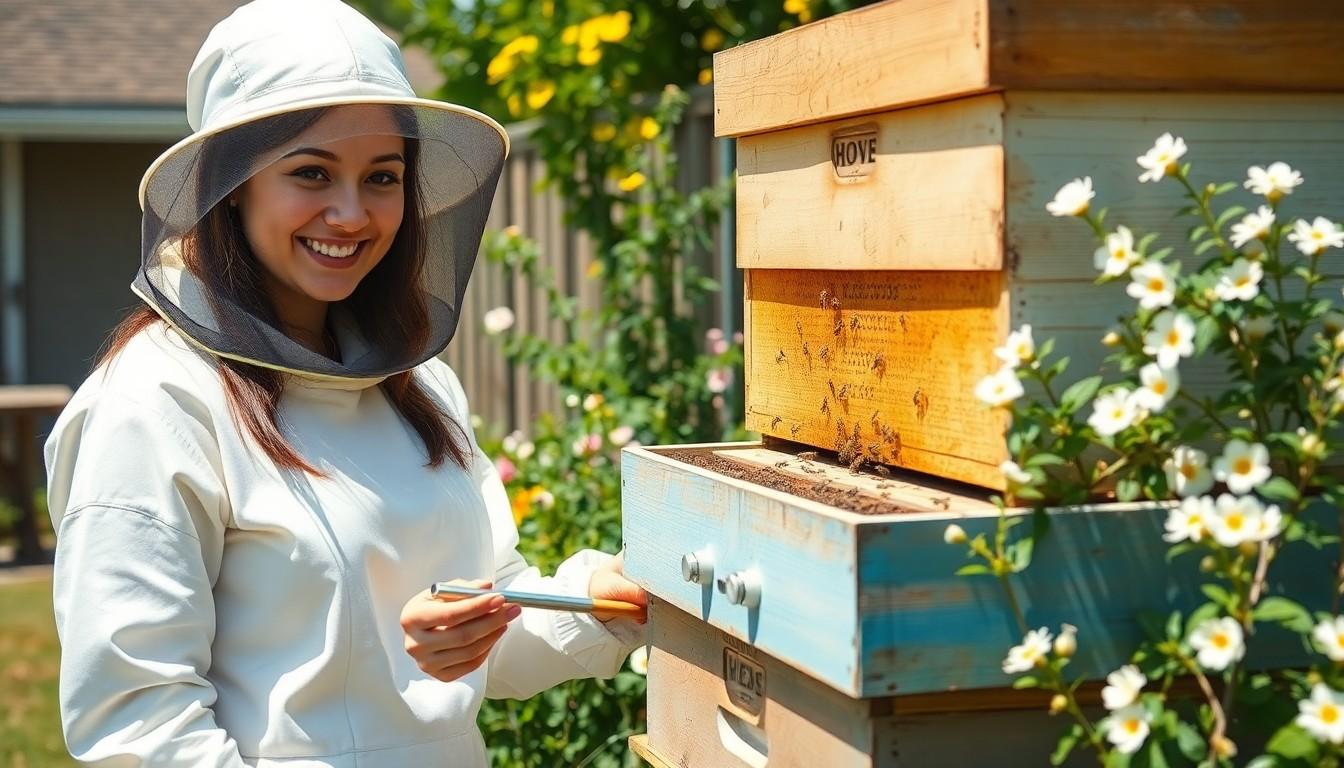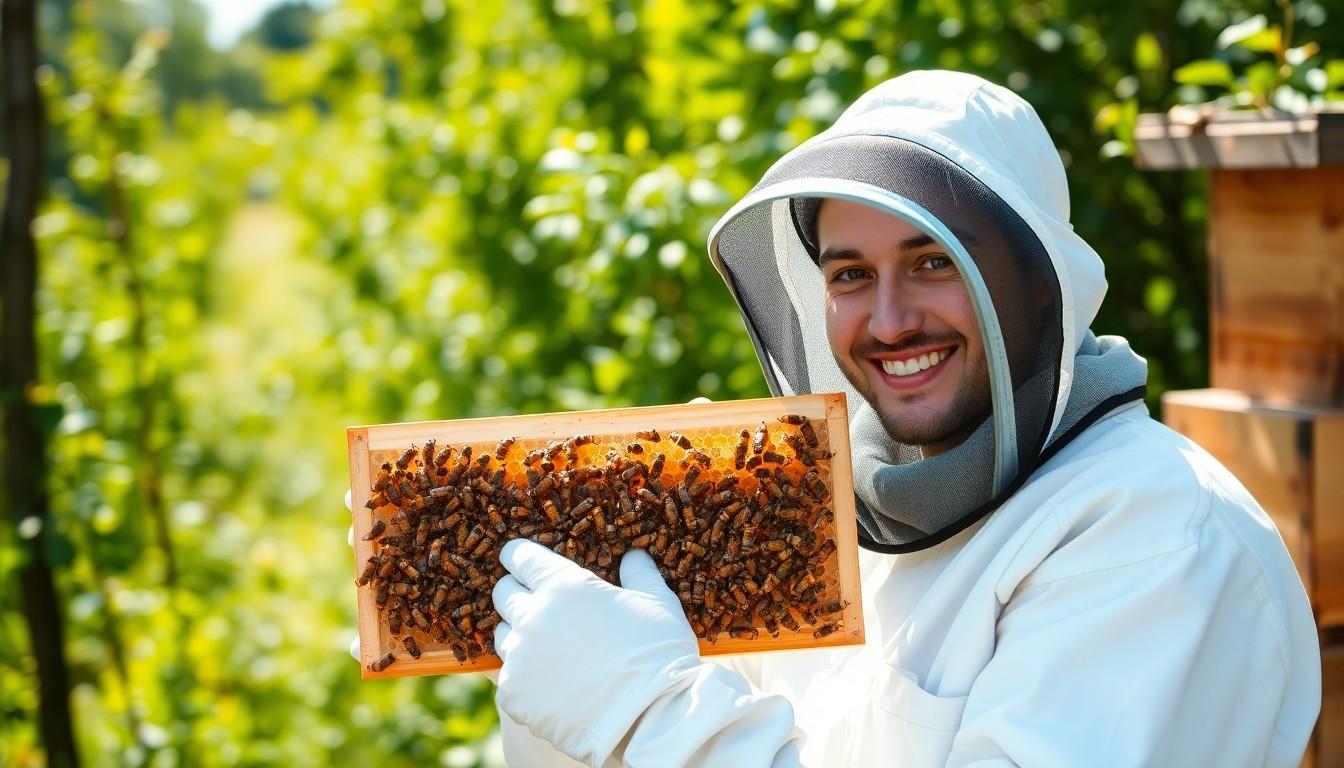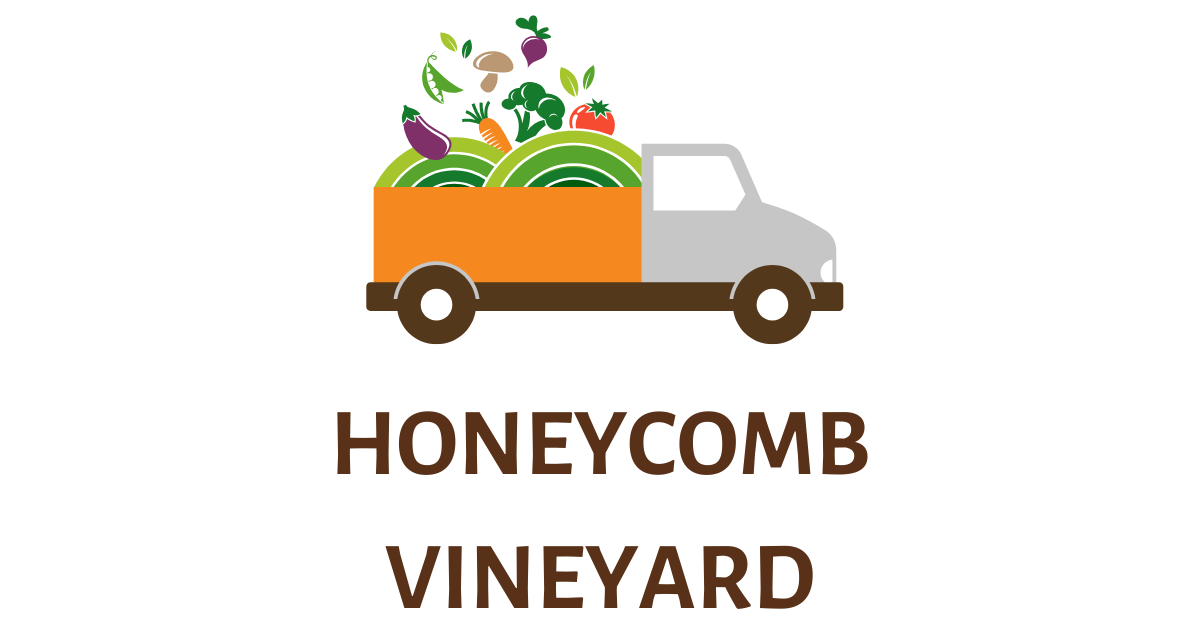The Best Fluffy Pancakes recipe you will fall in love with. Full of tips and tricks to help you make the best pancakes.

Beekeeping Starter: Your Ultimate Guide to Thriving in the Buzzing World of Bees
Thinking about diving into the buzzing world of beekeeping? It’s not just a sweet hobby; it’s a chance to become a hero for the environment while enjoying the enchanting dance of bees. Imagine sipping tea in your garden, surrounded by the gentle hum of your very own pollinators. Sounds like a dream, right?
But before you don your bee suit and start channeling your inner beekeeper, there’s a bit to learn. From choosing the right hive to understanding bee behavior, starting this journey requires some know-how. Don’t worry though; it’s not rocket science—unless you count the occasional flight path of a confused bee! With the right guidance, anyone can transform from a curious novice to a confident apiarist, all while enjoying the sweet rewards of honey and the satisfaction of helping the planet.
Beekeeping Starter
Beekeeping involves maintaining bee colonies for honey production and pollination. It requires specialized knowledge to manage and care for bees effectively.
Overview of Beekeeping
Beekeeping, often called apiculture, centers on the domestication of honeybees. Beekeepers provide bees with a safe environment, ensuring they thrive while gathering honey. A beekeeper’s duties include monitoring hives, collecting honey, and maintaining hive health. Successful beekeeping hinges on understanding bee behavior, managing diseases, and ensuring adequate food sources. Many individuals start beekeeping as a hobby, while others scale it to a business, contributing significantly to local ecosystems.
Benefits of Beekeeping
Beekeeping offers numerous rewards that extend beyond honey production. Pollination by bees boosts crop yields, benefiting farmers and gardeners alike. Honey, a natural sweetener, provides essential nutrients and medicinal properties. Engaging in beekeeping fosters a connection with nature, promoting environmental stewardship. Furthermore, beekeeping serves as an educational tool, teaching individuals about ecosystems and food sources. Economic advantages also exist, as aspiring beekeepers can sell honey, beeswax, and other hive products for extra income.
Essential Gear for Beekeeping Starter

Every aspiring beekeeper needs essential gear to ensure success and safety in the hive.
Beehives and Equipment
Beehives serve as homes for bee colonies. Traditional Langstroth hives are the most popular choice due to their modular design. This design allows easy access for inspection and honey extraction. Equipment such as hive tools are crucial for managing colonies effectively. These tools help lift frames, scrape propolis, and remove dead bees. A smoker is another important device, used to calm bees during inspections. This equipment facilitates a smoother interaction and reduces the likelihood of stings during hive maintenance.
Protective Clothing
Protective clothing helps ensure safety while working around bees. A bee suit, ideally made of lightweight fabric, provides full-body coverage, protecting against stings. Veils attach to the suit to shield the face and neck from potential encounters with bees. Gloves, often made of leather or durable fabric, protect hands without sacrificing dexterity. Additionally, wearing closed-toe boots or shoes is advisable. This footwear guards against bee stings while providing comfort during long hours in the apiary. Being properly equipped with protective clothing allows beginners to focus on the joy of beekeeping.
Choosing the Right Bees
Selecting the right bees is crucial for successful beekeeping. Different bee species offer unique traits that suit various environments and beekeeping goals.
Types of Bees for Beginners
Italian bees are popular among beginners due to their gentle nature and excellent honey production. Russian bees, known for their cold resistance, thrive in cooler climates. Buckfast bees stand out for their high productivity and disease resistance. Additionally, Carniolan bees adapt well to diverse conditions and are friendly, making them easier to manage. Each type provides distinct benefits, so understand the characteristics before making a choice.
Where to Buy Bees
Purchasing bees can occur through several channels. Local beekeeping associations provide valuable connections to reputable breeders. Online suppliers specialize in selling packages or nucs to newcomers. Farmers’ markets often feature vendors who sell established colonies. Moreover, checking local regulations before buying ensures compliance. Researching numerous sources helps find healthy bees suited to specific requirements.
Setting Up Your Beekeping Starter Environment
Creating an optimal environment for beekeeping is essential for success. Successful setups ensure bees thrive and produce honey effectively.
Selecting a Location
Positioning the beehive is vital for effective beekeeping. Choose a site with direct sunlight for at least six hours daily. A shaded area during the hottest parts of the day helps maintain hive temperature. Access to water sources is crucial, as bees need water for various hive activities. Proximity to flowering plants supports pollen collection, boosting honey production. Consider local regulations that may restrict hive placement. Lastly, ensure easy access for maintenance and honey harvesting.
Preparing the Beehive
Preparing the beehive involves essential steps for a healthy colony. Start with selecting a high-quality hive, like the Langstroth model. Assemble the hive components according to the provided instructions. Ensure all parts fit snugly to prevent drafts and pests. Place frames inside the hive, allowing room for bees to build honeycomb. Apply an appropriate bee-friendly treatment to protect against pests. Lastly, position the hive on a level surface to maintain stability and avoid water accumulation.
Basic Beekeeping Techniques
Understanding basic beekeeping techniques ensures a healthy and productive hive. Essential practices include hive inspection and honey extraction.
Hive Inspection
Regular hive inspection maintains bee health and hive productivity. Beekeepers check for signs of diseases such as Varroa mites or American foulbrood. Inspectors evaluate the colony’s population, looking for the queen’s presence and egg-laying activity. Frames should be examined for adequate honey and pollen stores. During inspections, beekeepers also clean debris and ensure proper ventilation. Noticing the overall condition of bees, including their behavior and activity levels, is crucial. Keeping records of inspections helps track hive progress and make informed decisions.
Honey Extraction
Harvesting honey occurs during peak seasons. Once honeycomb is full, beekeepers remove frames carefully. They use a honey extractor to spin out honey, separating it from the comb. Proper techniques ensure minimal disruption to bees, allowing them to refill the comb afterward. Filtered honey requires bottling and labeling for sale or personal use. Utilizing clean equipment during extraction maintains honey quality. Understanding different extraction methods is important; uncapping, crushing, or using the extractor each yield different results. Enjoying the fruits of labor highlights the satisfaction of beekeeping.
Common Challenges for Beginners
Beginners in beekeeping often face several challenges that can impact their success. Understanding these challenges helps new beekeepers prepare and thrive.
Pests and Diseases
Pests and diseases pose significant threats to bee colonies. Varroa mites are the most common and harmful pests, feeding on bee larvae and weakening hives. Nosema is a fungal infection affecting bees’ digestive systems, leading to colony decline. Recognizing signs of infestation or illness is crucial for maintaining hive health. Implementing Integrated Pest Management practices minimizes these risks. Regular inspections help in identifying problems early, allowing for appropriate interventions to protect bees.
Seasonal Management
Seasonal management plays a crucial role in successful beekeeping. Different seasons bring unique challenges, so adjusting hive management accordingly is essential. In spring, beekeepers focus on promoting colony growth and expanding their hives. Summer often involves honey production, requiring timely inspections and harvesting. Fall activities include preparing hives for winter, ensuring ample food stores for bees. Winter management emphasizes monitoring hives, preventing moisture buildup, and providing adequate insulation to support colonies during the colder months.
Rewards of Harvesting Honey
Beekeeping offers a unique blend of enjoyment and responsibility that enriches both the beekeeper’s life and the environment. By embracing this rewarding hobby, individuals can cultivate a deeper connection with nature while contributing to vital pollination efforts. With the right knowledge and equipment, anyone can embark on this fulfilling journey.
As beginners navigate their way through challenges like pests and seasonal management, the rewards of harvesting honey and witnessing bee activity make the effort worthwhile. Whether pursued as a hobby or a business, beekeeping not only provides delicious honey but also fosters a sense of community and environmental stewardship. Now’s the time to explore this fascinating world and take the first step into beekeeping.
